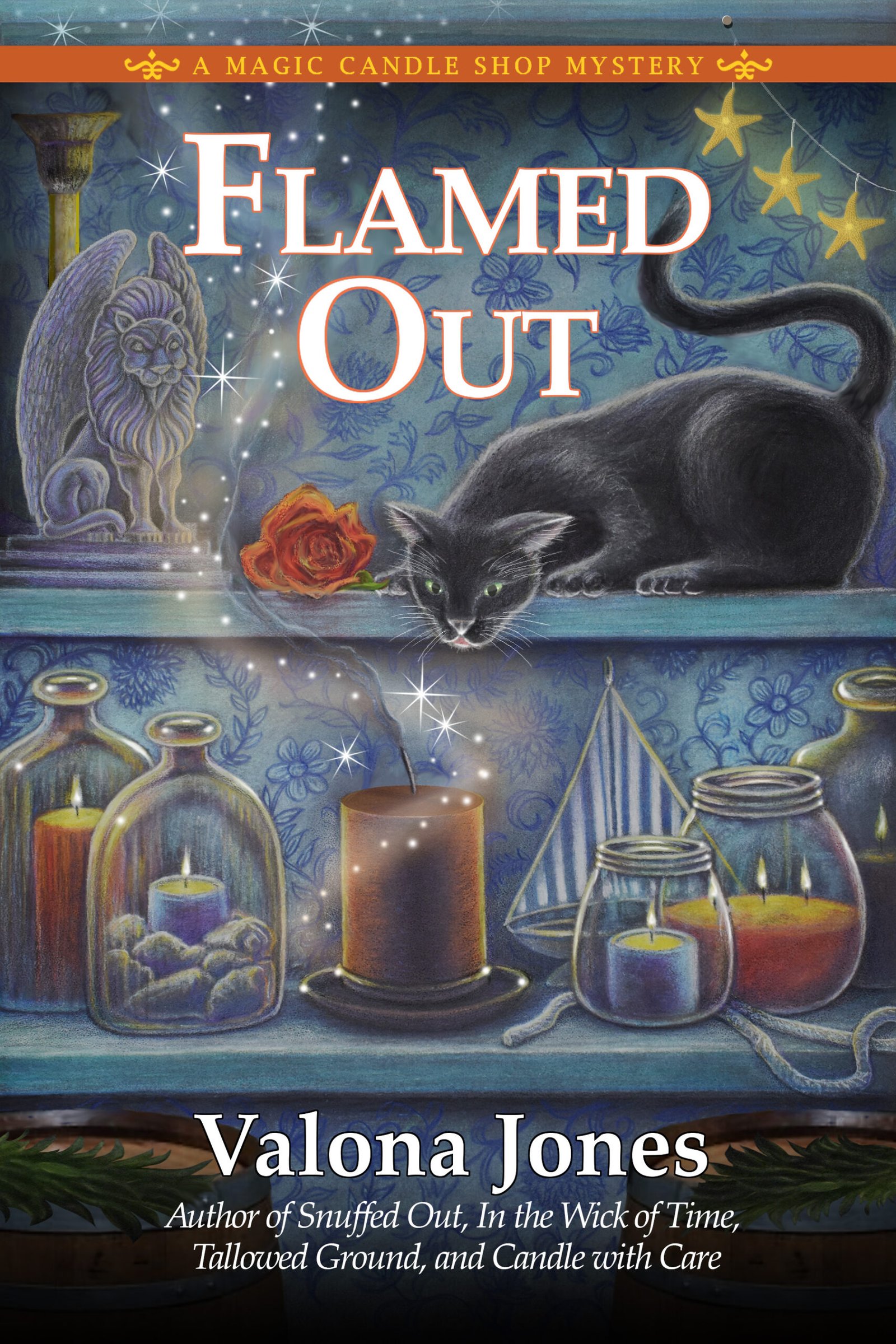How we keep each book in a series fresh!

- Terry Ambrose:
For me, each book is a new adventure. Not only do I want to entertain my readers with something different, but I have no interest in writing the same thing over and over. With that in mind, I start each new book with new secondary characters (the bad guy and the supporting cast), and then I give them all personalities. What are their likes? Their dislikes? What motives might they have to commit a murder? From there, I develop a plot and a timeline. Even with all that planning and plotting, something unexpected always happens. For instance, in the next Beachtown Detective Agency Mystery, a sleazy PI was supposed to appear once, but he was so much fun that I knew he had to stick around—watch for Jake Marlough, aka “Slick”, who will be a real thorn in Jade Cavendish’s side this fall!
- Nancy J. Cohen:
Aside from varying the setting, methods of murder and motives, each story has to provide a character change or fresh insight. To make this possible, the sleuth’s relationships need to constantly evolve. When one character arc concludes, you have to create another one to keep the reader’s interest. I have a harder time with real life intruding into my fictional world. Would a young woman with a baby really have time to go sleuthing? That’s been the biggest challenge for me recently.
- Debra H. Goldstein:
Making sure I incorporate enough of characters they know in a manner that the reader accepts the new characters, but doesn’t feel like the new character has to be the “bad guy.” Rather, it is important to develop new plot lines that grow the sense of community that exists in my books.
- Cheryl Hollon:
One of the more difficult challenges in writing a mystery series is bringing back familiar characters, but giving them challenges that reveal unknown parts of their personalities. It’s very important to me that each recurring character must travel a growth journey and make some changes in each book. This keeps me interested, and I hope it keeps readers interested as well.
- Diane A.S. Stuckart:
Writing a series means your readers are seeing many of the same fictional folks from book to book. And while that can be a benefit to the author—no reinventing the character wheel with every new story—there’s always the danger of being either repetitious or else static. I avoid this by making sure my sleuth, Nina Fleet, and her fellow characters continue to grow and evolve as the series progresses. This, in turn, means readers begin to view these fictional people as very real friends, giving them a vested interest in following their doings with every new release.
- Maggie Toussaint:
I enjoy writing a wide variety of character types, employing various methods of an untimely end for my victims. I also make a point to end a series when I’ve met my original goals for the series-long character arcs. I am also quite passionate about my setting of coastal Georgia, and I believe that shines through the story.
- Lois Winston:
I’ve introduced new characters into my sleuth’s fictional world from time to time. In my current book, Sorry, Knot Sorry, Detective Sam Spader, introduced in Revenge of the Crafty Corpse, the third book in the series, plays a more pivotal role than he has in previous books. Other characters that have been introduced throughout the series have often come back to play a major role in another book.






